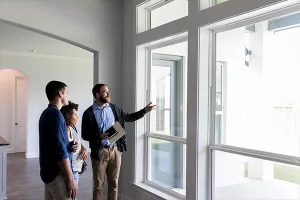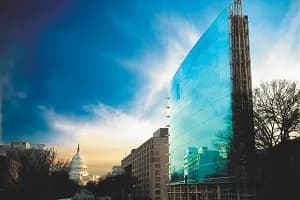As you may have read in Focus on the Water, water attracts people. People love to touch it. They like to stick their hands, toes and feet in it. They jump around it. Or they simply like to watch it, listen to it and sit back and relax.
So, water is element that you should consider making part of your placemaking project. As a feature, it can come in all sorts of forms: waterfalls, waterwalls, rapids, sluiceways, tranquil pools, ponds, water tunnels, meandering brooks, and fountains of all kinds.
The Project for Public Spaces (PPS) points out that people love the sound of water. When people explain why they find New York’s Paley Park so quiet and restful, one thing they always mention is the waterwall. In fact, the waterwall is quite loud: the noise level is about 75 decibels close by, measurably higher than the level out on the street. In the park, however, the sound is perceived as quite pleasant. It is white sound and masks the intermittent honks and bangs that are the most annoying aspects of street noise. On the occasions when the waterwall is turned off, a spell is broken, and the place seems nowhere as congenial.

Now if you do add water to your project, let people enjoy it. PPS opines that it’s not right to put water before people and then keep them away from it. But this is what they have found has been happening across the country. Pools and fountains are installed, then immediately posted with signs admonishing people not to touch.
As an example, the water features in Paul Kane Park in Edmonton were originally designed to be ornamental but are often used as wading pools – and who could blame folks. But the water features did not meet the Alberta Health Services health and safety regulations as a wading pool. So, instead of prohibiting people from wading, a City of Edmonton project team has been established with an architectural firm to assess the aging pond and to work with the community in developing options for the site.

Designers are catching on to the power of water and are doing creative things with water. Where once there were two parking lots on either side of Main Street in the center of downtown Fort Worth, there is now the much-loved and much-used Sundance Square. The architects incorporated a number of water features, a more traditional fountain, a jetted fountain, and a fountain wall. The jetted fountain is great for playing in and for cooling off from the warm Fort Worth weather. The fountain wall quiets the area around the cafe, distinguishing the cafe from the other parts of the space, while also adding a point of interest under the umbrellas. The water features are a theme throughout the plaza, each its own activity within the larger destination of the plaza. All of these details are both beautiful and functional–making the square a pleasant and interactive destination for the entire community.

Another reason for adding water is to beat the heat. At spray parks, people, especially in cities with limited swimming options, can cool off during hot days. In some spray parks, movement sensors cause sprayers to magically turn on and off in a three-dimensional world of water. They may bring back memories of running through sprinklers...but this time with a lot more fun, color and movement.

And cities are looking to add or improve water features to attract more people to a place. At Library Mall, in Madison, WI, a fountain has served as the focal point. Unfortunately, it has also been a problematic feature as maintenance and other mechanical issues have plagued its operation. Instead of turning off the water, there are suggestions that the fountain be replaced or significantly modified by a new water feature that gives all visitors a way to interact with the space and to take this treasured public space into a new era. One idea is to replace the current fountain with a surface water feature which incorporates a lighted fountain or a waterfall and programmed surface water jets. The surface jet and lighted water feature also allows incorporation of art into the surface tiles which would highlight the cultural and historic significance of this great public space.

Chicago has taken things a step further by combining water and art. Crown Fountain is an interactive work of public art and video sculpture featured in Chicago's Millennium Park. Residents and critics have praised the fountain for its artistic and entertainment features. Its use of water is unique among Chicago's many fountains, in that it promotes physical interaction between the public and the water.

But what about winter? Another type of water to consider is the frozen type. The world famous ice rink at Rockefeller Center has become a quintessential New York City winter experience for generations. It wouldn’t be winter without a spin around one of the city's most celebrated traditions. Each winter at Rockefeller Center, visitors lace up their skates and swirl away at The Rink at Rockefeller Center.

Think of how a water feature would enhance your park, playground, community garden or plaza project.









